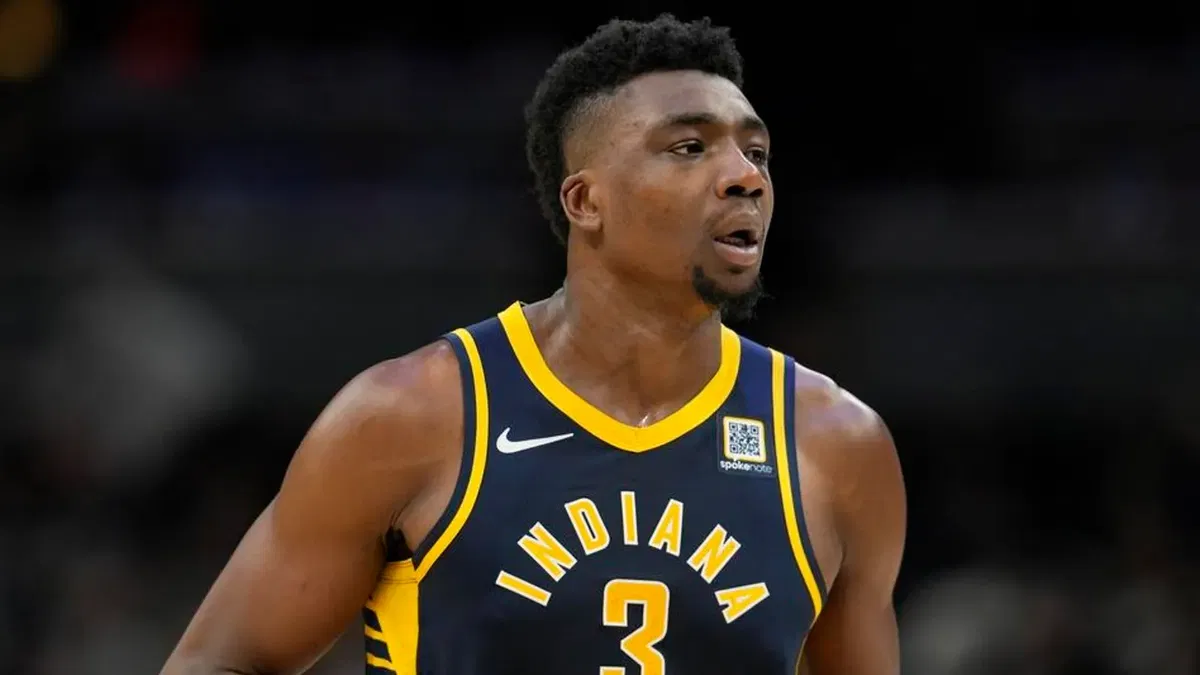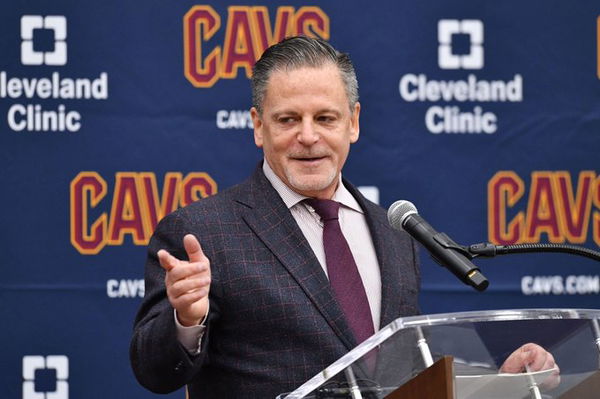

Thomas Bryant has carved out a reliable veteran niche and now he gets a fresh landing spot that fits a clear team need. The 28 year old big man enters his ninth NBA season after playing useful minutes for the Indiana Pacers during their second half run to the Finals, and his ability to score efficiently around the rim and stretch the floor with occasional three point shooting has kept him on contenders’ radars. “Bryant played a key reserve role on the Indiana Pacers’ second half run to the Finals” quoted by Shams Charania captures the notion just right. As a free agent, his next destination was a point of interest for teams needing size.
Watch What’s Trending Now!
Cleveland needed frontcourt depth behind Jarrett Allen and Evan Mobley and the fit makes sense on paper because Bryant brings size experience and spot minute production that matters in playoff rotations. Teams chasing titles often add a veteran big who can step in for short stretches and protect the rim or hit an open three, and Bryant’s recent track record of providing efficient bench scoring and rebound support makes him a logical short term option for the Cavs. However, this ambition comes with significant financial complications, as the team’s payroll has ballooned to historic levels, with total costs projected to exceed $350 million, placing them in a precarious position with the league’s new collective bargaining agreement.
The deal broke on X via Shams Charania who reported that “Free agent center Thomas Bryant has agreed to a one year deal with the Cleveland Cavaliers,” with agents Mark Bartelstein and Zach Kurtin of Priority Sports confirming the agreement to ESPN. The move follows a season in which Bryant appeared in 56 regular season games for Indiana and averaged about 6.9 points 3.9 rebounds and roughly 15 minutes per game while providing depth during a run that ended in the Finals. The Cavs add a known quantity to a frontcourt that carries title expectations.
ADVERTISEMENT
Free agent center Thomas Bryant has agreed to a one-year deal with the Cleveland Cavaliers, Mark Bartelstein and Zach Kurtin of @PrioritySports tell ESPN. Bryant played a key reserve role on the Indiana Pacers' second half run to the Finals and now enters his ninth NBA season. pic.twitter.com/taLIrVO4HB
— Shams Charania (@ShamsCharania) September 23, 2025
Putting Bryant’s profile beside Cleveland’s roster math shows why the Cavs made this specific move instead of chasing larger signings. Bryant averaged 6.9 points and 3.9 rebounds in 15.1 minutes over 56 games in 2024 25 and offered spot three point shooting and interior finishing, numbers that make him a low risk option to back up two starters who will see heavy minutes. For a Cavs staff protecting playoff positioning the ability to insert a vetted rotation big without altering long term payroll was a practical decision.
The signing also underscores how constrained Cleveland’s front office already is because of looming tax realities, which makes veteran minimum deals the only sensible path to add depth without triggering further penalties. The public roster picture shows the Cavs are overloaded at the top of the payroll and therefore limited to short term, low cost moves as they prepare for training camp and a playoff push. That dynamic explains why a one year Bryant deal was attractive to both sides and why the team did not pursue more expensive alternatives.
ADVERTISEMENT
The Heavy Cost of Competing
The Cavaliers are currently one of the most expensive team in the NBA, with total costs for the upcoming season projected to reach a staggering $366 million. This figure includes $226.3 million in player salaries alone, which places them $38.4 million over the luxury tax line. This massive spending triggers an estimated $149 million tax penalty, a financial burden owner Dan Gilbert is apparently willing to bear for a chance at a title. The commitment to this core group has pushed the franchise into uncharted financial territory.
ADVERTISEMENT

USA Today via Reuters
David Richard-USA TODAY Sports
Being above the second apron comes with immediate and harsh restrictions that handcuff the front office. The team cannot use the mid level exception to sign free agents, cannot combine player salaries in trades, and is banned from the buyout market for players who earned more than $14.1 million. Essentially, their only methods for adding talent are re signing their own players or signing veterans to minimum contracts, exactly like the Thomas Bryant deal. This severely limits their ability to react to injuries or make in season improvements.
The long term consequences are even more severe. The Cavaliers‘ 2032 first round draft pick is now frozen and cannot be traded. If the team remains above the second apron in two of the next four seasons, that pick will be moved to the very end of the first round. This punitive system is designed to discourage exactly the kind of spending Cleveland is engaged in, potentially mortgaging their future for a short term window of contention. The Thomas Bryant signing is a small move, but it is a symptom of a much larger and riskier team building strategy.
ADVERTISEMENT
ADVERTISEMENT
ADVERTISEMENT
ADVERTISEMENT

